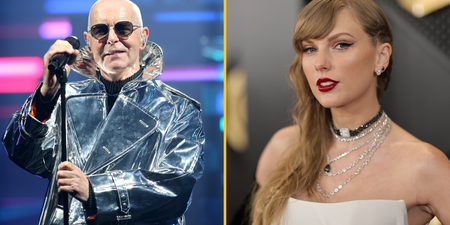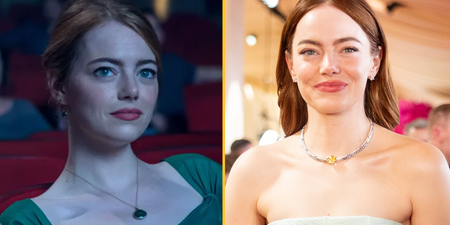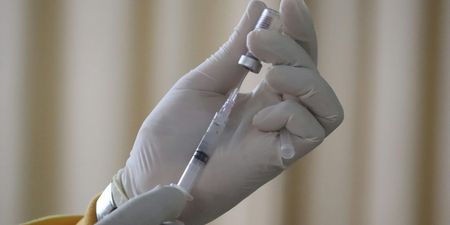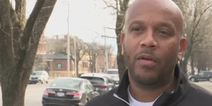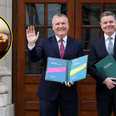At the start, Sean had no interest in making art. “I just wanted something to do,” he says. Now, he draws all the time.
Sean has a soft voice but a strong Dublin accent. He’s broad and big. He comes across as very conscious of his manners.
He makes pencil portraits in grey and white, which sometimes include small detail of colour – like red lipstick. A lot of the pictures are of famous people, like Marilyn Monroe or Mo Salah.
“We all have a different view of the world, and we all see things differently,” Sean says. “Most of my drawings – they all came from portraits and landscapes that I would see – because I’m in here – in magazines.”
Sean’s only view of the world is whatever is available to him within the walls of the Midlands Prison in Portlaoise, where he is in custody and has been for a number of years.
For over three decades, the Irish Prison Service has made art classes available to inmates in the 13 prisons and detention centres across the state. What started as a pilot scheme in 1985, has developed into a national programme which has resulted in the artwork of prisoners being exhibited in Dublin Castle, Kilmainham, the Hunt Museum and the Hugh Lane art gallery.
A new exhibition called Open Minds is now running at the Rua Red gallery in Tallaght until October 5. It features work from prisons all across Ireland.
Open Minds has been curated by Brian Maguire, the well-known Irish artist who has worked with every prison in the country over a number of decades and has been a staunch advocate for art education in prisons. The Irish Prison Service chose him because of his understanding of the issues around incarceration, and the huge amount of work which he has done with people in custody.
The artwork selected by Maguire for the exhibition is anonymous. Those who view it won’t know anything about the crimes perpetrated by the person who created it, which is part of the point. The art is put on public display as a kind of evidence that those who go behind bars have not disappeared from society completely. Exhibitions like Open Minds want to challenge people to “see beyond the person who has been convicted.”
The same premise applies when JOE visits the Midlands Prison to speak to some of the people in custody who have spent some of their sentences developing as artists, through classes provided by the prison. The prisoners are being interviewed on a condition explained to JOE by the Irish Prison Service that they will not be asked about their past, or why they’re serving a sentence. This is based on concerns for their victims or their victims’ families. None of them will be referred to using their real names.
“Sean” is speaking to me inside the Midlands prison’s library, which is a long, bright room within the prison’s school. Sun is streaming in through small narrow windows, high up on the walls. I’ve never been in a prison before, but this room feels a world away from the corridors I was escorted through to get here.
After being screened by security, I was taken through the back of the entrance building and into the prison through a narrow passageway, with high steel fences on either side. Inside, the prison has dark, wide corridors.The whole place has the same undefinable sensation of being in an institution, kind of like a hospital smell. Even moving a small distance is done to a rhythm of big heavy doors being unlocked, opened and slammed again behind you. It’s impossible to forget where you are.
The prison school is completely different. The yellow corridor outside the library has paintings by the prisoners all over the wall, including a very large, very beautiful abstract portrait of Michael Collins. A lot of the doors in the corridor are open. Inside the library, there’s a guitar on the table which Sean was playing before I arrived. Sean says that music is his “calling,” along with art.
The specific date that Sean’s sentence started can’t be published, but he has been here for a long time. He says he’s obsessed with facial expressions, which is why he likes drawing portraits from pictures he finds in magazines.
“Or it would have been photographs I might have had from me family, that I would portray in drawings. I’d send many pictures out now to my family, which they have on their walls,” he says, and visibly swells.
“So I got a lovely sense of pride from that. So that’s how much I appreciated everything that went on here, and how I developed art.”
At the moment, he’s swapping art with his 17 year old niece who agrees to send him a picture if he promises to send her one back.
“She’s fantastic, she was just born with a pencil in her hand,” he says.
Sean did not have his Leaving Certificate when he came to the prison, but eventually ended up studying for and passing it after he started art classes. He learnt about art history, which changed his view of Ireland.
“You have Newgrange, you have all the Cathedrals, all high crosses in this country that I never knew were there. Never appreciated that they were there, but they’re there for everyone to see,” he says.
“And they are history in itself, they are what we came from, 8,000 BC. I love this country, and history to us was always around 1916, wars, and that’s what we kind of derive our history from, the British rule. But we go back so much further, and it’s nice to be able to learn that through art.”
He boasts that when he sees the Mona Lisa on TV, “I know all about it.”
For the Open Minds exhibition, Maguire went inside prisons to select the art so that he was looking at it in context, in the place where it was created. He says that the conditions that artists work in are the same as the conditions of a cell: “isolation.”
Maguire believes that art education programmes are only possible in Ireland because the prison service is a public one, compared to countries like the US where many prisons are privately run.
“Here, we try to be far more engaged with respecting the individual than in warehousing the individual,” he says.
About ten years ago, Maguire reviewed art education in prisons across Europe and said that “nobody was ahead” of Ireland. Maguire says the only exception was in Valencia, and that was because Picasso had done workshops in a prison.
Maguire sits in the Midlands prison library now, as another prisoner arrives while Sean is gathering up his folder of sketches.
“Oh, here comes the real artist,” Sean says, laughing, as a short man arrives with an armful of rolled up papers.
Mick is wearing a lilac shirt and the pocket is laden down with what must be well over half a dozen pens and pencils. When I shake his hand it feels very small and delicate, but seems much larger when he sits down and starts talking, gesticulating big broad gestures with both of his hands spread wide. He speaks very, very fast.
“Now, I won’t take too much of your time, I don’t even know why I’m here …” he says, unfurling large sheets of broadsheet newspaper, and with them, the smell of dry acrylic paint.
Mick has painted abstract art onto the pages of old copies of The Sunday Times. He offers me one, which has large circular blue and yellow and green shapes on it.
On closer inspection, the silhouette of a cyclist in yellow paint emerges from the background. Mick says the piece is called “The Yellow Jersey.”
“Mick, I don’t know about this,” Maguire says sombrely, only half-joking that Mick should be selling the paintings instead.
“People wonder why I give away pictures of things, but I can do another one tomorrow,” Mick says, merrily.
One of the few “luxuries” that prisoners have is time, something that comes at a premium to artists on the outside. Anne Kelly, an art teacher at the Midlands Prison, says that sometimes she looks at the work her students are doing and think that they’re immersing themselves the kind of projects that the rest of us “run away from” at home.
“Sometimes you look at the guys in here, and they have the time and the place to do this, and you almost feel like you wish you had that time and place on the outside,” she says.
Sean had talked about sometimes spending 13 hours on a piece. Mick says that after serving over a year of his sentence, he has been “stuck in here” with “nothing to do.”
“I’ve painted, drawn, read, written more in the past 13 months than I have in the past 13 years,” he says.
Mick had heard that reporters were coming to the prison, so he had taken the time to write down what the art education programme means to him. He handed me a sheet of plain Midlands Prison headed paper, with space for his name and prison number at the top.
It said: “THE EDUCATIONAL SYSTEM WITHIN THIS PRISON GIVES ME A PLACE AND A REASON TO CONTINUE. EDUCATIONAL PURSUITS AFFORDED TO ME HERE ALLOW ME TO CONTINUE MY STUDIES IN MY PASSION FOR ART.”
Art made in prison can’t always have the same freedoms as art made on the outside. Art on the outside, for example, can sometimes cause offence. Sean says the right to cause offence is “a society thing.”
“But in here, you have to be a little bit more … astute about what you’re doing. Because, as I says, I’ve been here a while so I know the way that this place runs so I don’t do anything to upset people. Not that I want to,” he says.
Looking at the art made by the prisoners in Portlaoise, it’s obvious that a lot of the paintings are of landscapes. Arthur, a very young and shy prisoner, is smiling nervously while Maguire looks over his delicate watercolours of rivers and streams. Arthur explains that his paintings are of imagined places.
“Obviously, being in here is not easy. So just expressing my feelings, and the places that I want to go and visit … That’s why I like to draw these things. I would like to see myself there,” he says.
Colin, who is also sitting in the library, agrees. He says that art is “certainly a form of escapism” for him. Colin is tall and thin, and has a soft Cork accent. He sits very straight, with one arm folded gently behind the back of his chair. He says he “always” wanted to be an artist.
“Always, always yes. All the way through school. I wanted to go to the art school in Cork. When I left school, that’s what I wanted to do. Just … I didn’t go. Circumstances happened,” he says.
“When I got here now I got the opportunity to explore and go back to where I wanted to be with the painting. So that’s where I’m at with these now.
Colin unfolds a thick folder, full of acrylic paintings. Maguire selects one of them on the spot for the Open Minds exhibition.
Colin says he’s inspired by Jack Butler Yates, and has a growing interest in Louis Le Brocquy. He’s spoken to his art teacher in the prison about exploring those influences a bit more.
“I’m gonna try a lot of [Le Brocquy’s] stuff this year,” he says.
The paintings are stunning. A lot of them seem to feature water. Colin says this is because he loves the sea.
“I would have said that I couldn’t live anywhere that wasn’t within 20 miles of mountains and the sea. That’s where I’m happiest,” Colin says, and pauses.
“I haven’t done as much of it as I should have done over the years.”
LISTEN: You Must Be Jokin’ with Conor Sketches | Tiger Woods loves Ger Loughnane and cosplaying as Charles LeClerc
RELATED ARTICLES
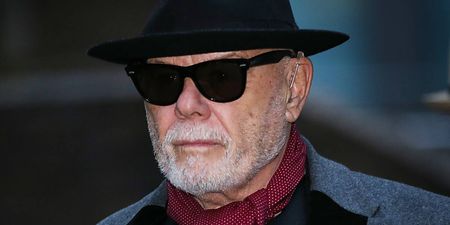

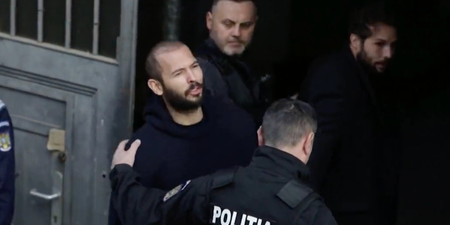
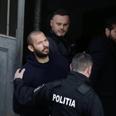


MORE FROM JOE
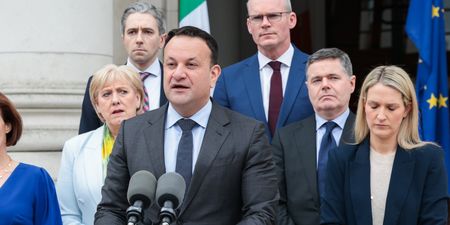

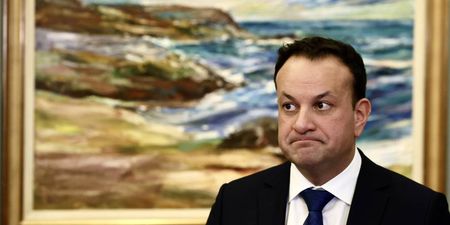


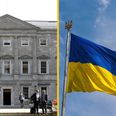


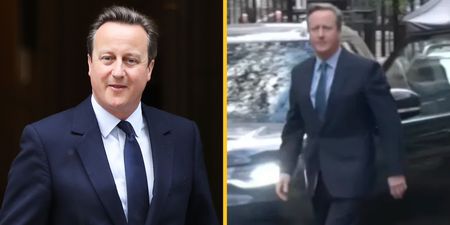



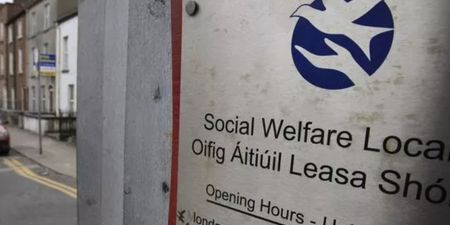

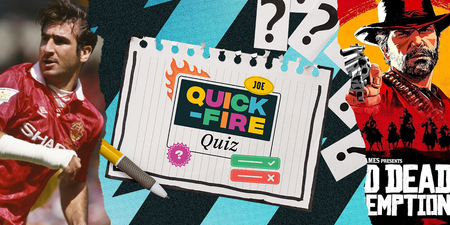





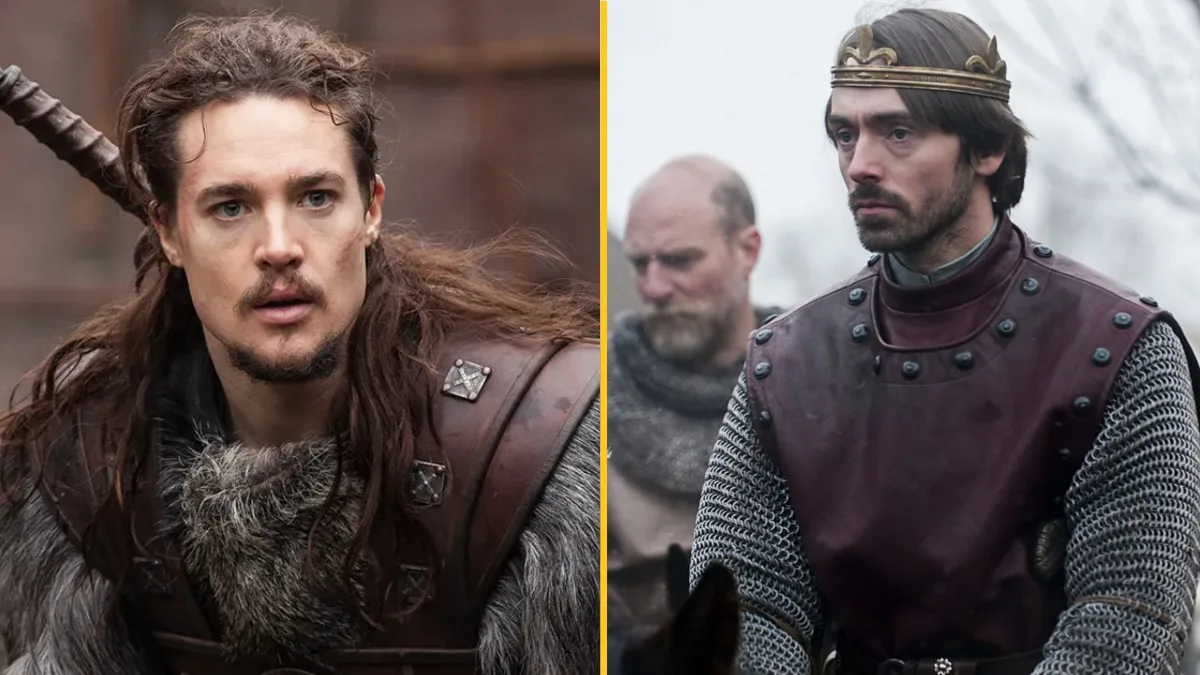



MORE FROM JOE




